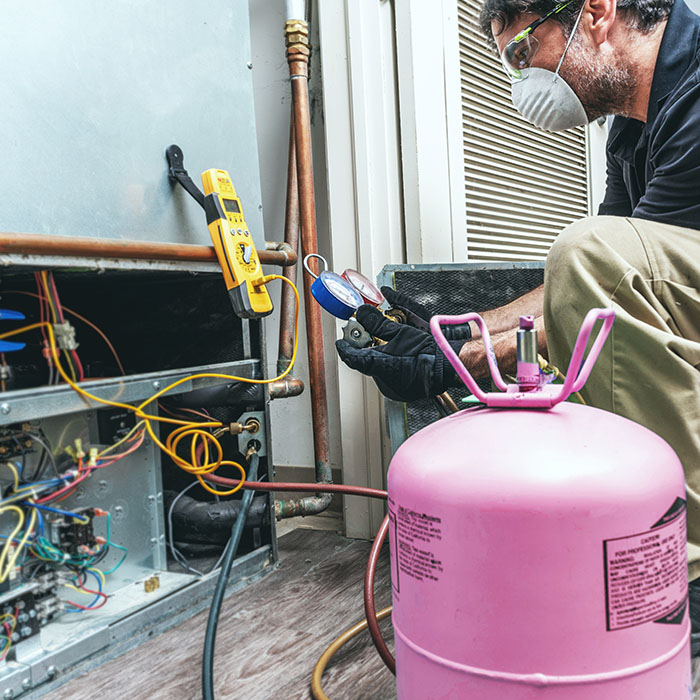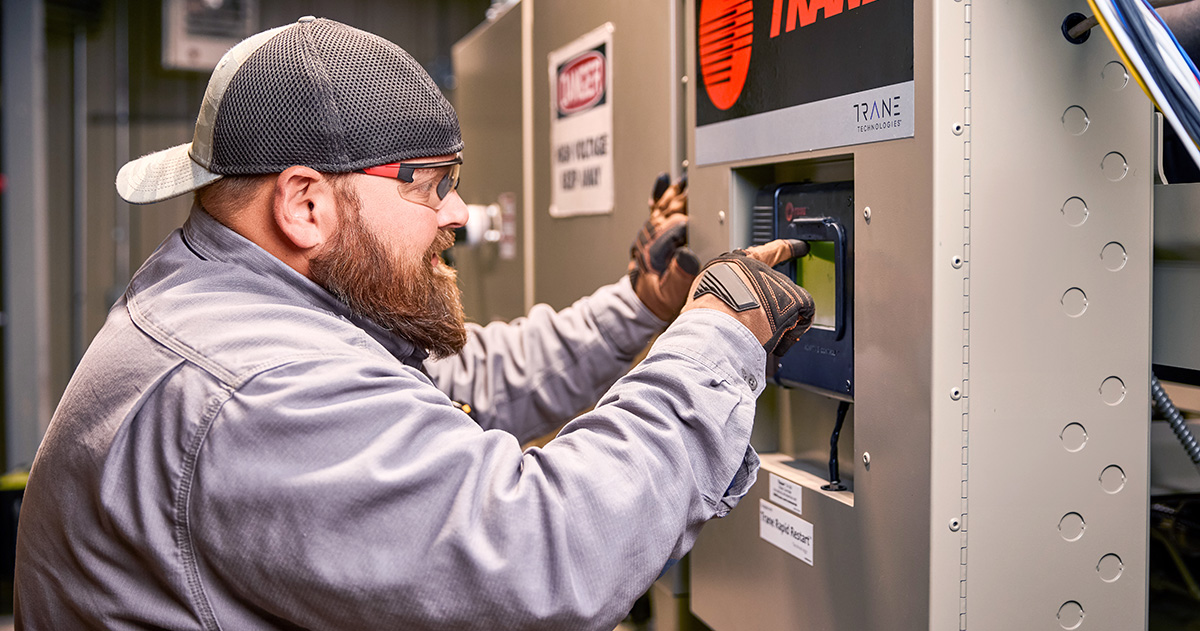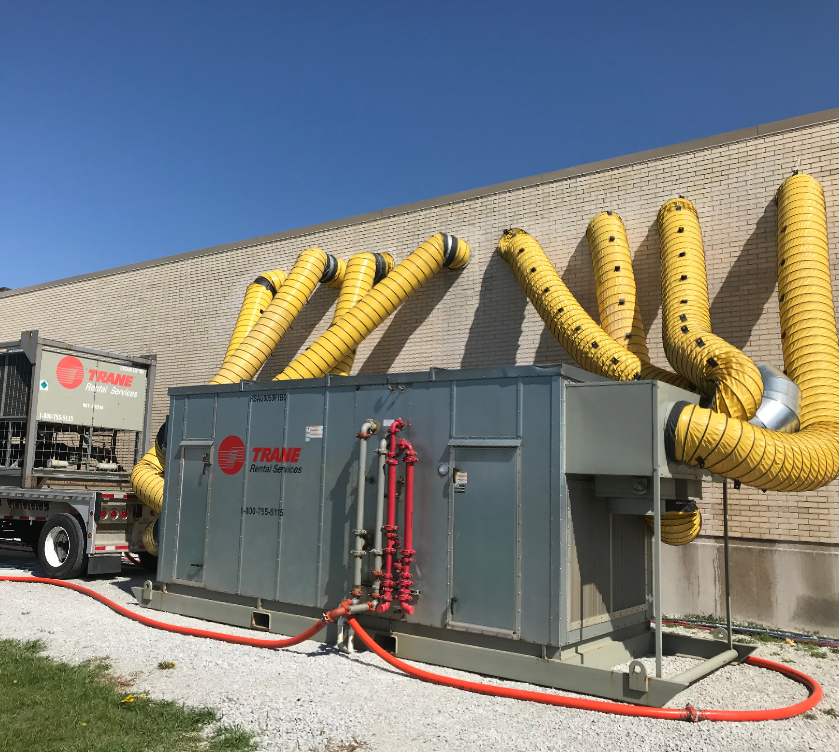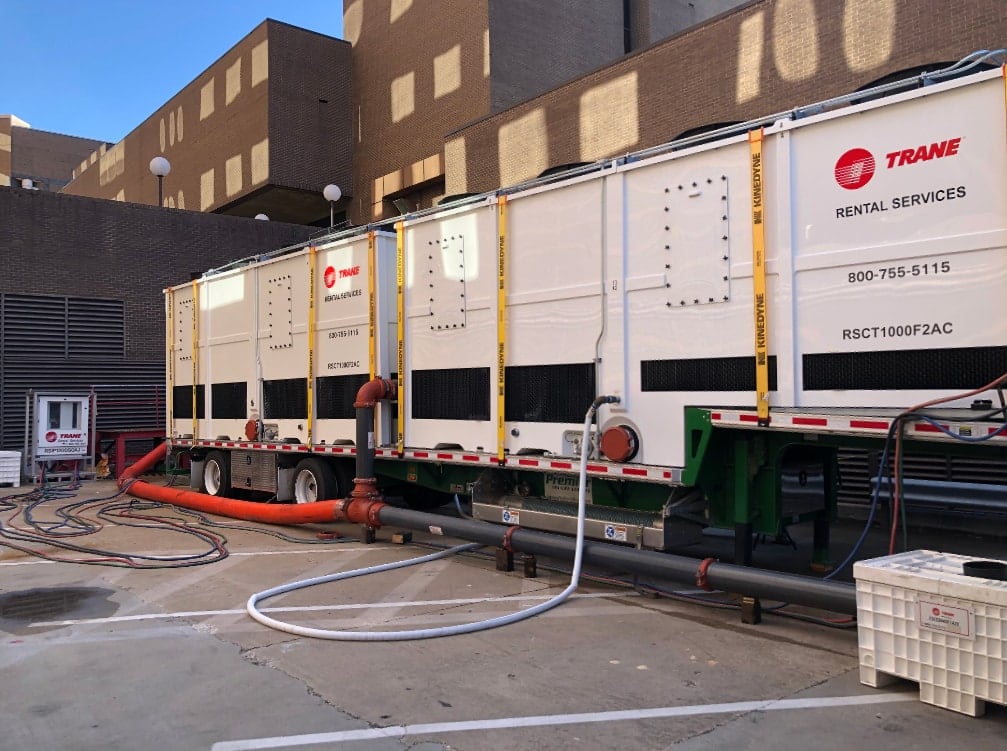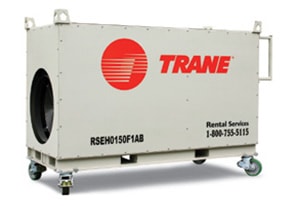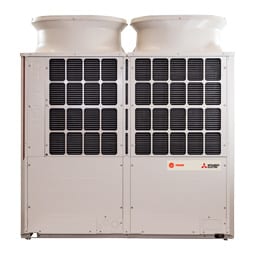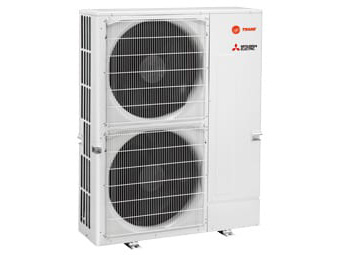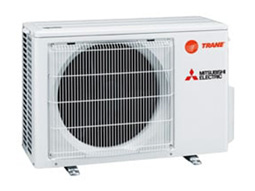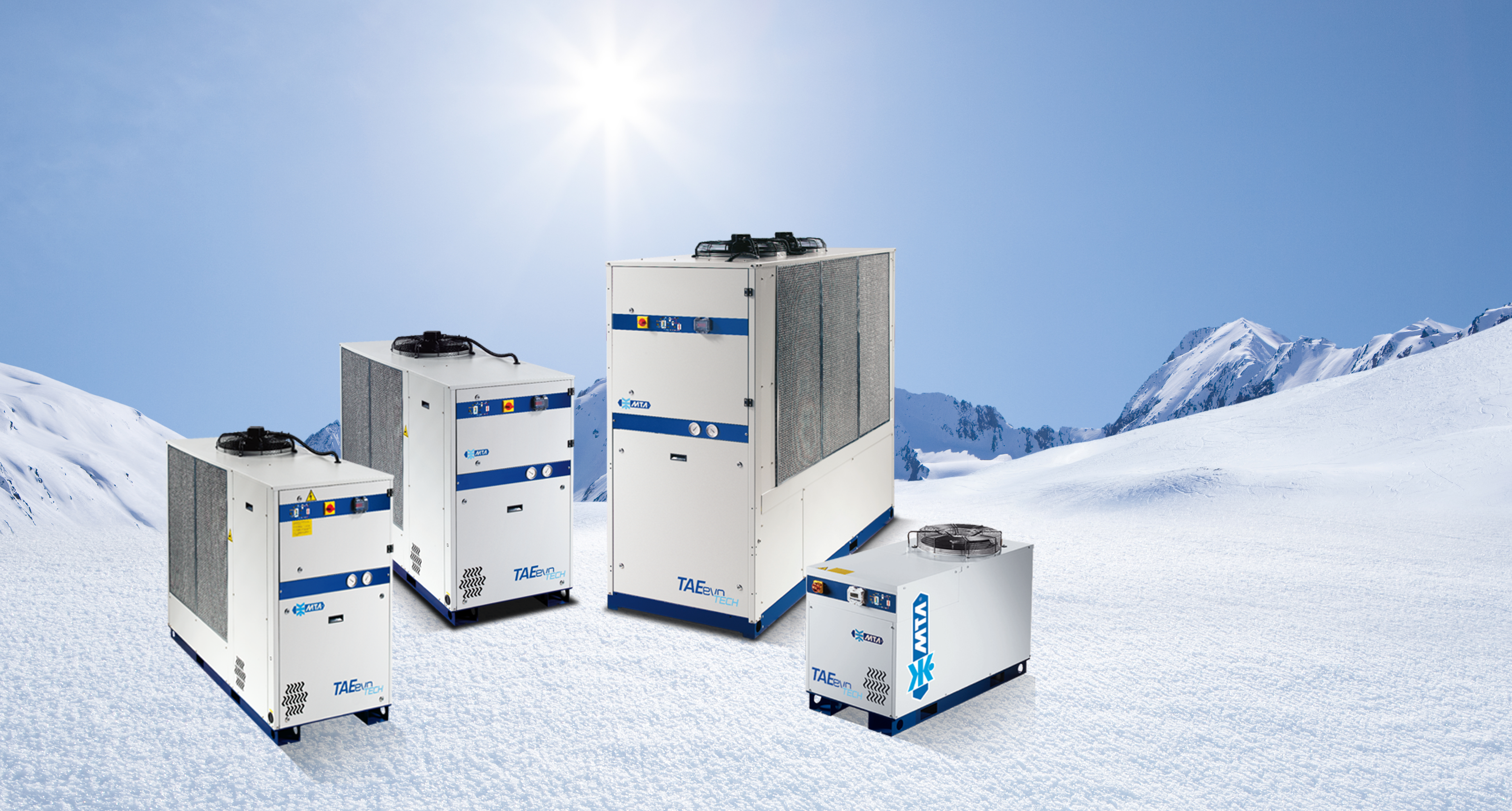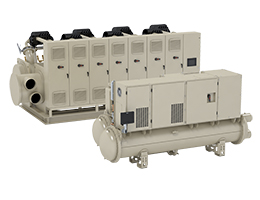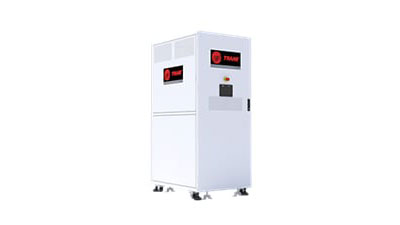U.S. Liquefied Natural Gas (LNG) Export Market Update
September 06, 2016

The U.S. natural gas industry has gone global via the export of LNG. In the first six months of this year, nearly 50 Bcf of LNG was shipped out, and the U.S. is set to become a net LNG exporter in 2017. The rapidly globalizing gas market is a critical new outlet for U.S. shale producers burdened by the lowest prices in nearly 20 years. Cleaner and more efficient gas is the winner under the COP21 environmental commitments made last December, so demand will consistently increase.
The expectations for U.S. LNG exports are very high, surging from basically nothing to a dominant role in less than five years, thanks in great part to the Panama Canal expansion that opened in June. Started in February, Cheniere Energy's Sabine Pass Liquefaction facility in Louisiana is the first LNG export plant in the Lower 48. U.S. LNG has already been sent to the Middle East, Europe, South America, and Asia (including China), and cargoes could soon reach desperate Sub-Saharan Africa, where 650 million people have no electricity.
Yet, the global LNG race is intensifying daily. Rising gas demand is driving up CAPEX on LNG facilities, and total spend could increase to $245 billion from 2016-2020 – more than 30 percent higher than during the last five years. Iran, for instance, with a leading 1,200 Tcf of proven gas reserves and unleashed from the Western sanctions that were lifted in January, is upping marketing efforts to both Europe and Asia.
Already accounting for 20% of global gas exports, pipeline-based Russia wants to leverage its $30 billion Yamal LNG project for fast-growing Asian customers, and overall exports could double in the next 15-20 years. Ally Australia is also heavy competition for the U.S., with a $200 billion build-out that should make the Aussies the largest LNG exporters as soon as 2018. Globally, annual capacity of liquefaction plants is on track to increase some 40% to 60 Bcf/d by 2021.
The $5.5 Panama Canal expansion, however, will continually bolster U.S. LNG chances by lowering costs with larger vessels and faster shipping times. Gulf Coast LNG can now reach Japan in less than 20 days, compared to almost 35 days through the Suez Canal or around the Cape of Good Hope. The EIA predicts an annual 550 tankers of U.S. LNG passing through the Panama Canal by the early-2020s.
Further, beyond being a predictable supplier with a market economy and massive low-cost resource, U.S. LNG is desirable because contracts are more flexible. While the others use long-term, oil-based agreements that send gas only to specific nations, buyers of U.S. LNG have the freedom to ship anywhere in the world, supporting the growing spot trade that is 30% of the global market. Oil-based contracts will become increasingly less attractive as oil prices inevitably regain their upward trend. The IEA sees the oversupply evaporating as early as the end of this year.
In the emerging markets, where the bulk of incremental demand will occur, smaller and cheaper floating LNG import vessels are expanding the potential customer base for exporters. These units are easier to install and cost a realistic $200-300 million, versus $1 billion or more for the larger onshore plants. The total number of LNG importers could more than double to over 70 nations by 2030.
U.S. LNG exporters are also being helped by a strong bi-partisan push in Congress to speed up the approval process for shipments to non-Free Trade Agreement nations. EIA now has net LNG exports averaging 1.3 Bcf/d in 2017 and accelerating to become the third largest exporter by 2020. By 2025, U.S. LNG could boom to 12-14 Bcf/d, which is more than a third of the current global market, and rise to as much as 20 Bcf/d by 2035.




